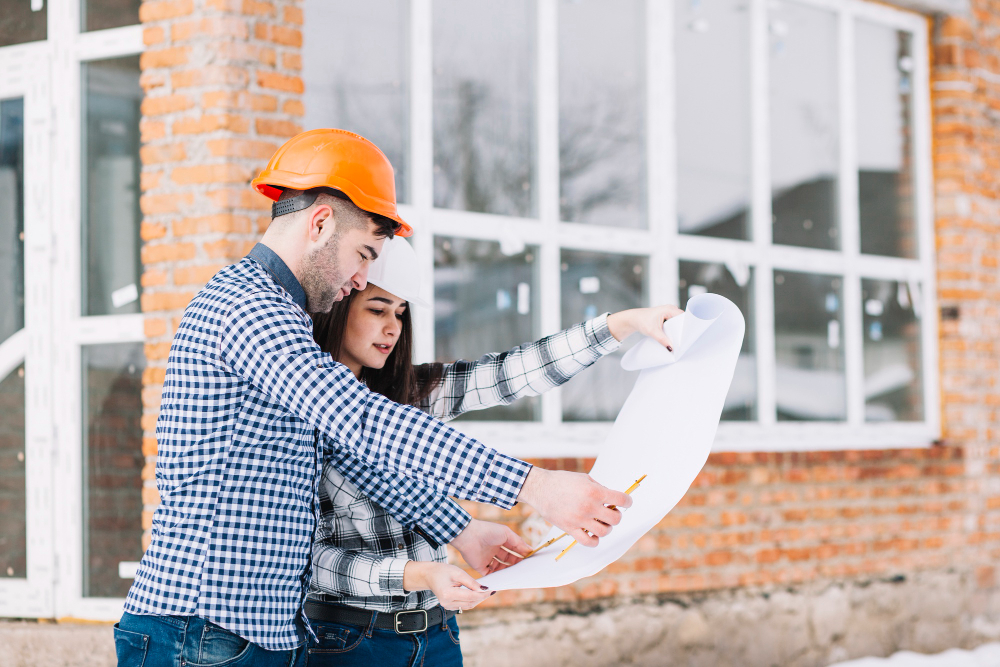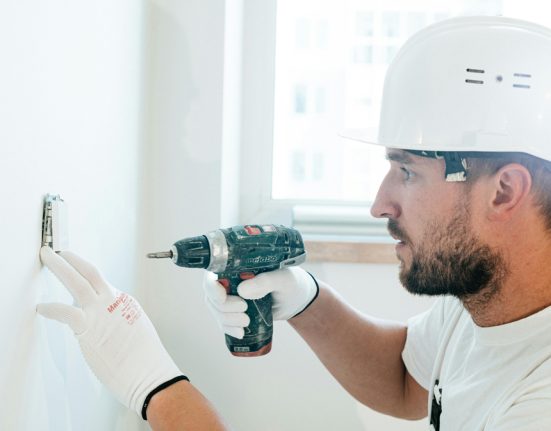The fact that it is a privilege to own a historic property in the UK does not exclude a special list of duties. A Grade 2 listed building renovation is far from an ordinary home improvement project; it’s a delicate balance between preservation and progress. Being a new owner of a period house or considering the restoration of the historic house of your family, it is important to know how to do it, what permissions are needed, and how to approach it so that the house could preserve its beauty and safety at the same time.
Renovating a Grade 2 Listed Building: Challenges and Solutions
It is obligatory before plunging into a renovation, to know what the term being listed means, notes leading property management team, True Door. A Grade 2 listed building is officially recognised as a structure of special architectural or historic interest. It will be impossible to make any additions, extensions or demolitions without special permission by the local planning authority. They comprise most listed buildings in the UK approximately 92% and are frequently praised on their period features, craftsmanship and heritage value.
A Grade 2 listed building renovation doesn’t just involve updating interiors; it’s about preserving history. All such decisions such as installing a new window frame, retiling a roof, etc. must avoid compromising the original design of the building. The attention to this detail helps to guarantee the architectural and cultural value of the future generations, and the homeowners to experience the convenience and comfort of the modern lifestyle.
Understanding Grade 2 Listed Buildings: What Homeowners Need to Know
Taking on a Grade 2 listed building renovation can feel overwhelming at first. You are working with buildings that are possibly centuries old with materials and methods no longer the norm. Shattered stonework, broken plumbing, or rotting timber are typical problems which will need professional work. Nevertheless, these issues could be turned into opportunities to give the property a second life with the help of the appropriate attitude and expert support.
Maintaining the balance between preservation and modernisation is among the major challenges. As an example, when adding any new insulation or heating system, one should do it in such a way that it does not destroy the historic fabric of the building. The answers can be custom-made design approaches, such as breathable lime plaster in place of contemporary cement, or imitating historic window-frames with an environmentally-friendly timber.
Experienced architects and conservation specialists know the trick of balancing between the new and the old and making sure that the final product is viable and authentic. Choosing a practice that has hands-on experience with grade 2 listed building renovation projects can make the entire process smoother and more compliant with legal requirements.
Key Regulations and Permissions for Renovation
The process of renovation of a listed building does not only demand creativity but also compliance. Listed Building Consent (LBC) has to be applied to the local authority by a homeowner prior to any work. This does not coincide with the planning permission and is concerned specifically with the preservation of the historic character of the building.
The inability to receive the necessary permissions may result in the imposition of the most severe punishment, fines or even criminal prosecution. Therefore, the first step in any Grade 2 listed building renovation should be thorough research and consultation. The application process and preparation of detailed drawings will be facilitated by an architect who will have the required experience in listed property projects and will coordinate with the conservation officers to obtain the approvals.
Another thing to mention is that not all changes need approval. Repairs made of the same materials and state-of-art might be allowed, but it is always good to check it out first before undertaking any task. Honesty and interaction with local officials would save a significant amount of time, pressure, and finances in the future.
Common Renovation Challenges and How to Overcome Them
Every Grade 2 listed building renovation comes with its own set of hurdles. The age of electrical systems and insurers of the modern material that would be used in their work can slow down the progress as soon as they are not approached correctly. Poor ventilation or wrong use of inappropriate modern materials that retain the moisture is one of the most common problems of older buildings like dampness.
In order to address such problems, it is important to conduct a comprehensive building survey. Knowledge of the condition of the structure assists professionals to develop a unique plan of repair and restoration. Rather than throwing a patch over the ills, the correct solution will be on the long-term solutions that will not demean the original craftsmanship of the building.
The cost of restoration may be unforeseeable since unseen problems always emerge when the work starts. You can set aside a contingency fund which is usually 10-15 percent of the entire budget to ensure that you are prepared. The fact that skilled craftsmen who have knowledge of heritage work are hired also guarantees quality output thereby minimising the occurrence of costly errors in the future.
For more, visit Pure Magazine



